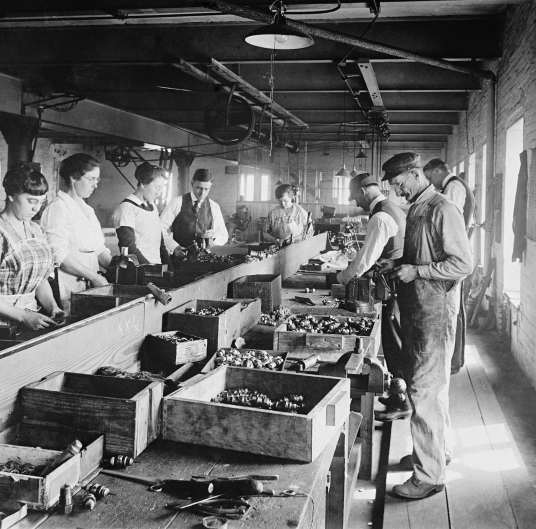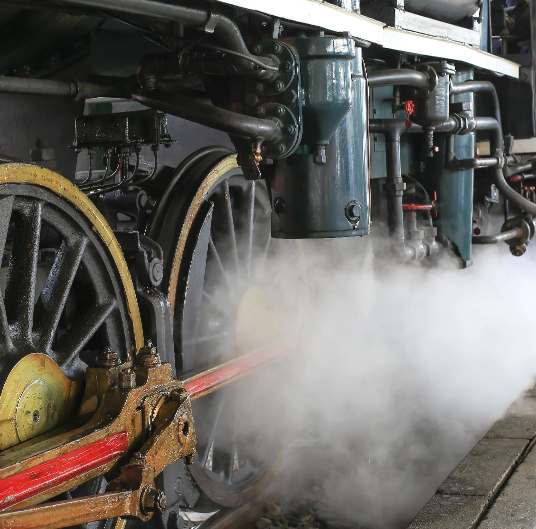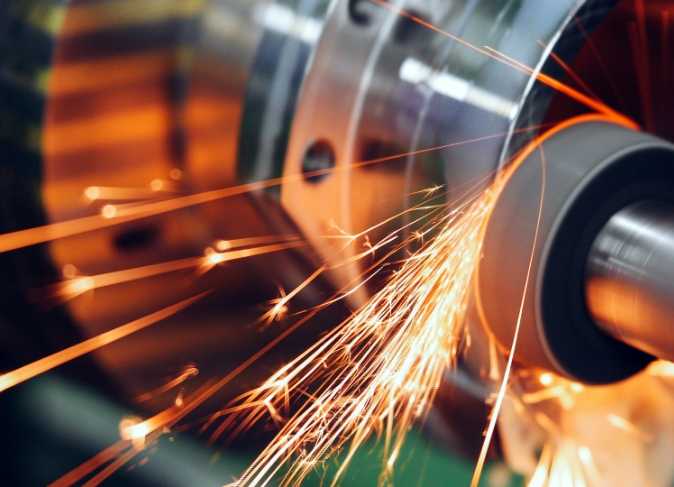
INDUSTRY4.0 AND IMPROVED PREDICTIVE MAINTENANCE
Today’s industrial challenges stem from the very innovations that answered the issues of the past: speeding up operational times and overall process, verifying the adherence to updated safety regulations and improved efficiency are some of the present-day challenges that necessitate the ability to identify, predict and prevent potential malfunctions within the shortest amount of time, thereby creating a streamlined process with maximum productivity and minimum downtime.












